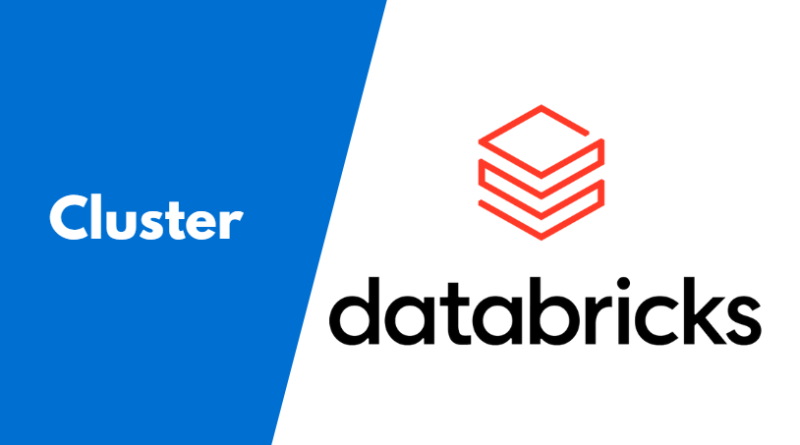Maximizing Data Processing Efficiency: Exploring Clusters in Databricks
In the world of big data analytics, clusters are a critical component for processing and analyzing large amounts of data. Clusters in Databricks, a cloud-based platform for data processing and analytics, play a significant role in the efficient processing of large data sets.
A cluster is essentially a group of computing resources that work together to process data. In Databricks, a cluster consists of one or more virtual machines (VMs) that are created on demand and terminated when they are no longer needed. Each VM within a cluster is referred to as a “node” and is responsible for processing a portion of the data.
The number of nodes within a cluster can be increased or decreased dynamically, based on the workload and data processing requirements. This allows users to scale their clusters up or down to meet their specific needs, without having to worry about the underlying infrastructure.
Databricks clusters are designed to be highly scalable and can handle large amounts of data. The platform provides several options for creating and managing clusters, including manual, automatic, and interactive modes.
In manual mode, users can create and manage clusters themselves. They can specify the number and size of the VMs to be used, and they have full control over the configuration of the cluster. This mode is best suited for users who require fine-grained control over the processing environment.
In automatic mode, Databricks manages the cluster on behalf of the user. The platform automatically provisions and deprovisions nodes based on the workload, ensuring that resources are used efficiently. This mode is best suited for users who require a simple, hands-off approach to managing their clusters.
In interactive mode, users can create and manage clusters directly from their notebooks. This mode allows users to experiment with different cluster configurations and immediately see the results of their changes.
Databricks clusters also provide several options for configuring the environment, such as installing third-party libraries, setting environment variables, and specifying runtime configurations. These options allow users to customize the processing environment to meet their specific needs.
One of the key features of Databricks clusters is their ability to integrate with other Azure services. For example, users can store their data in Azure Blob Storage or Azure Data Lake Storage and process it using Databricks clusters. They can also use other Azure services, such as Azure Machine Learning and Azure Stream Analytics, to perform advanced analytics on their data.
Another important feature of Databricks clusters is their ability to provide network security and encryption. Databricks uses industry-standard encryption protocols to protect data both in transit and at rest. Users can also configure network security settings to restrict access to their clusters.
In summary, clusters are a critical component of the Databricks platform, allowing users to efficiently process and analyze large amounts of data. With their ability to scale dynamically, integrate with other Azure services, and provide network security and encryption, Databricks clusters are an essential tool for any organization looking to extract insights from their data.




